Author: Alexander Starostin
The accident at the Chernobyl nuclear power plant, which occurred at 1 hour 23 minutes 47 seconds on April 26, 1986, became one of the largest man-made disasters in the history of mankind. About 115 thousand people were evicted from the exclusion zone. More than 600 thousand people took part in the liquidation of the accident. More than 200 thousand square kilometers were polluted, 5 million hectares of land were withdrawn from circulation. The territories of Ukraine, Belarus (according to some sources, 20% of the area of this country were contaminated), and Russia have undergone significant pollution. In addition, Chernobyl radiation has been detected in northern and western Europe, as well as off the coast of North America. The scale of the accident is shocking.
Many memoirs have been recorded, a huge number of books have been published, many of them describe almost minute by minute the last day of the fourth power unit of the Chernobyl nuclear power plant. And yet, not everyone is ready to study or systematize a huge amount of information about what happened in those terrible spring days, as well as over the next few years. 35 years have passed since the accident, and therefore it seems to me that it is worth collecting all the available information in a single cycle in order to allow the reader to get acquainted with the chronology of those almost forgotten events, as well as with their context.
This is the first part of the cycle, which describes the device, the principle of operation and the features of the introduction of the "Chernobyl-type" reactors.
Briefly about the atomic chain reaction
Both nuclear weapons and nuclear power are based on a nuclear fission chain reaction. There is also a nuclear fusion reaction, but about it another time.
So, due to their properties, a number of heavy elements tend to radioactive decay, that is, a change in the composition or internal structure of the atomic nucleus. To generate energy, it is necessary that more energy is produced during decay than before. When the nucleus decays, it emits a certain amount of neutrons, which at the same time receive kinetic energy and fly in different directions. In this case, neutrons can be released both immediately after the start of fission (prompt neutrons), and with a delay from several milliseconds to several seconds (delayed neutrons). As soon as they collide with another nucleus, the fission reaction is initiated and the nucleus emits neutrons.
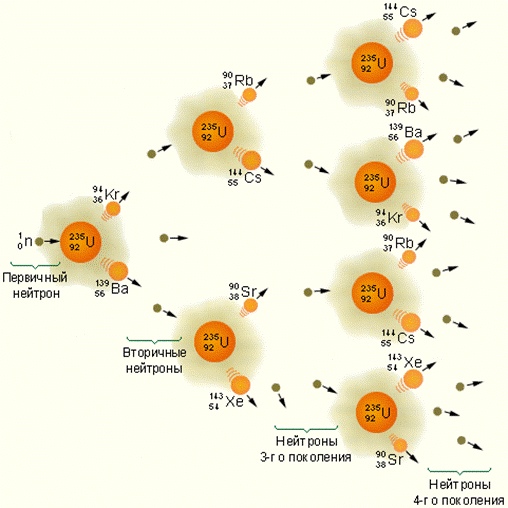
, ( , , , ) , . ( 1%), , . , , . , <1, , >1, . , , . , – , , . , , .
1954 . 29 2002 , 48 ( 30 ). . , , . -1 ( – ) - . 5
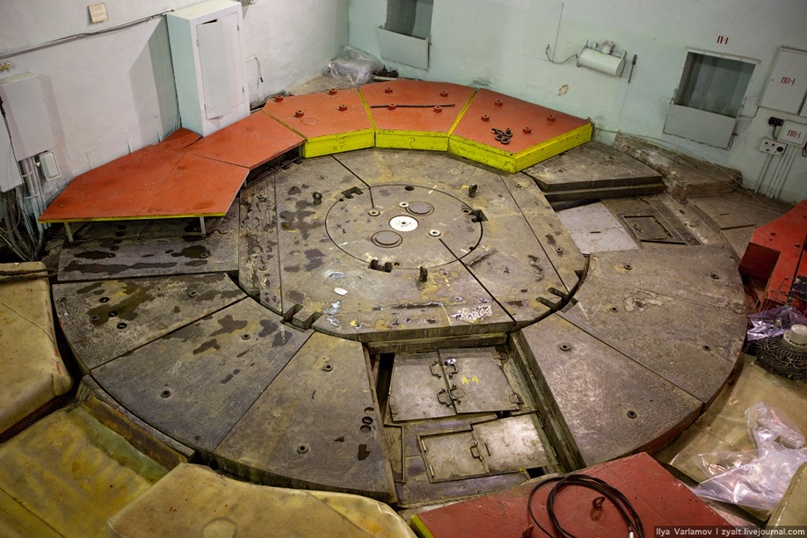
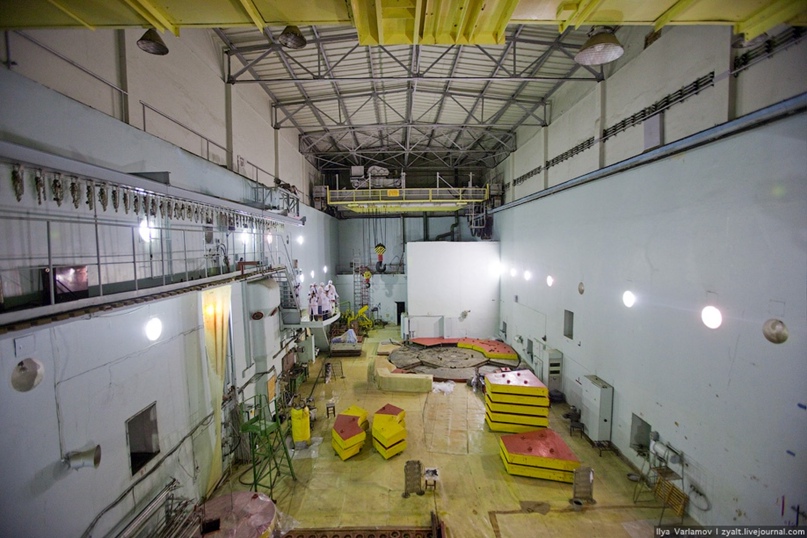
, , , . -1 - - .
10 ( ) . 100 . , , – . , . , , . . .
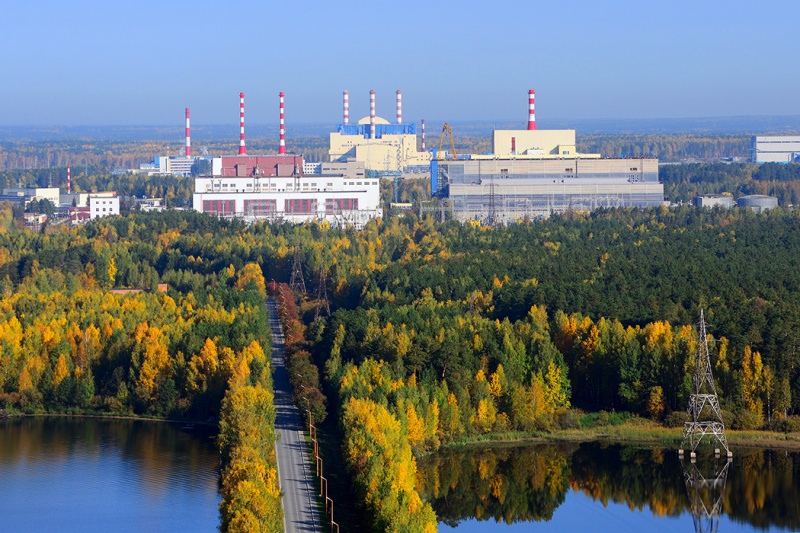
. - () . () . ( – ). , . 1975 .
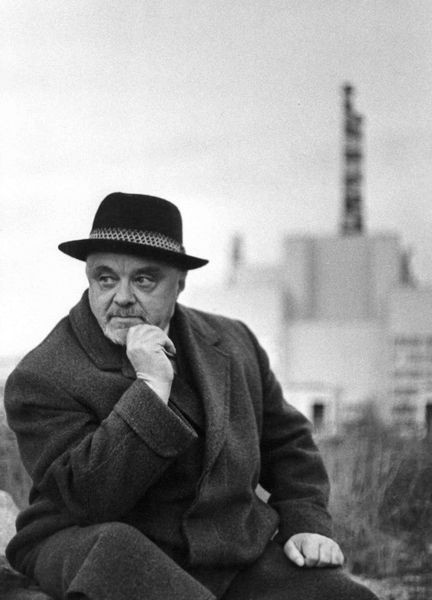
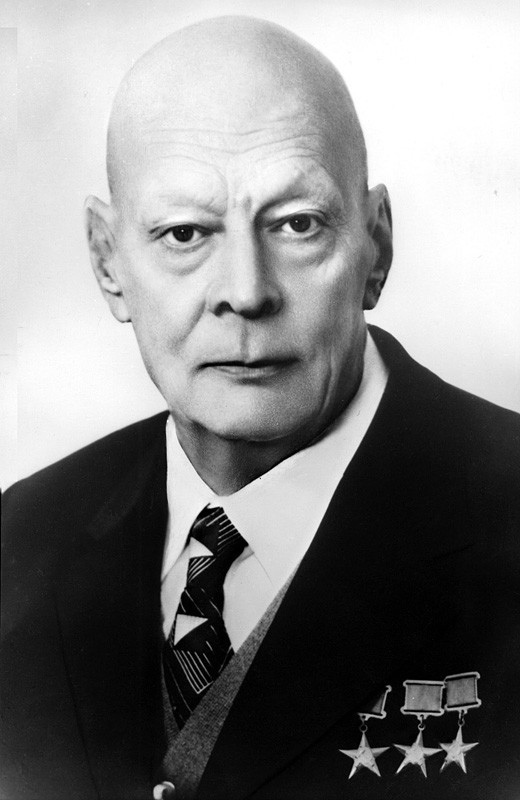
, -7? , – (). – , 0.9 , – 13.6 . 11.5 UO2. -235 2%, . 18 (). NbO2, , , . – 3.5 . (), – 7 . .
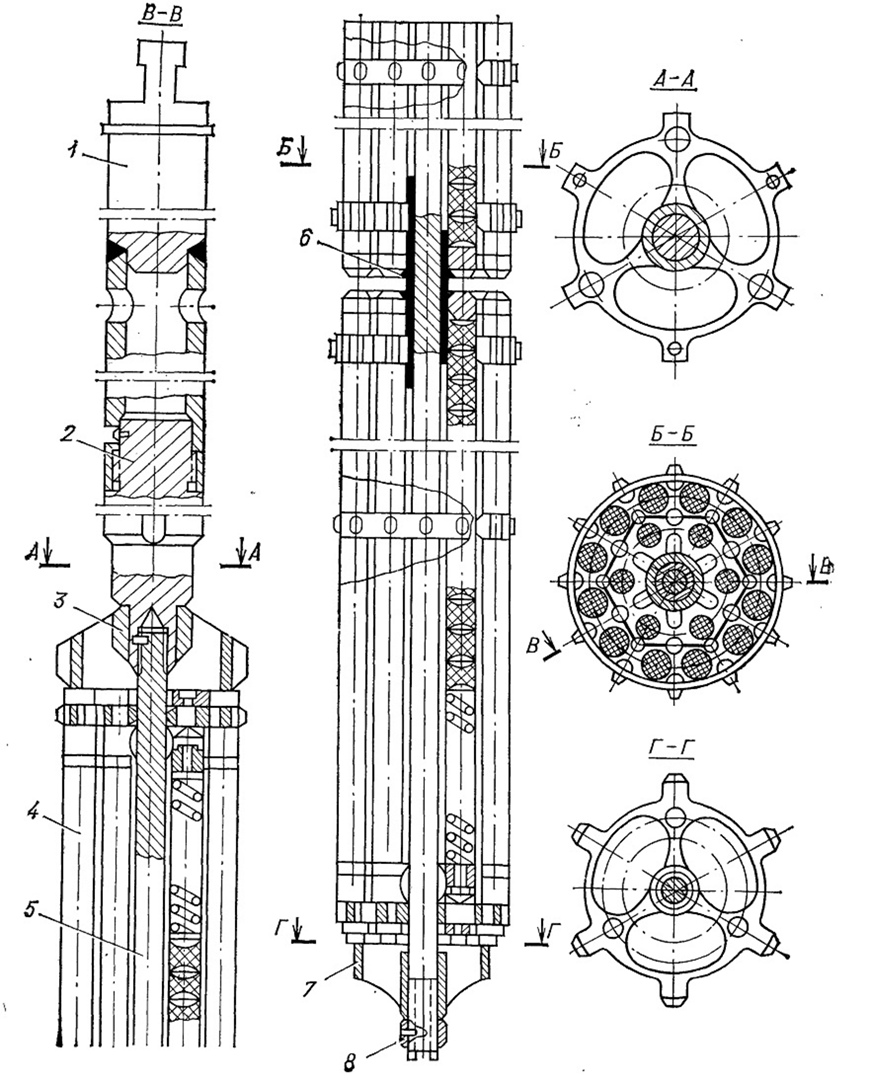
, . , 250 , 200, 300, 500 600 . 2488, 114 . 1693 179 (). , . : – 13.8 , 11.8 , – 1 ; – 8 , 7 – , – . – .

21.621.625.5 . . ( ), ( ). – 2 , – 14.5 . , , , .
( ), – 3 , – 17.5 . ( ), . – 19 , 11 – 16.6 . . , « » (, – 16 ), . , , - . , . - .
, ( ) . , ( ) . - .
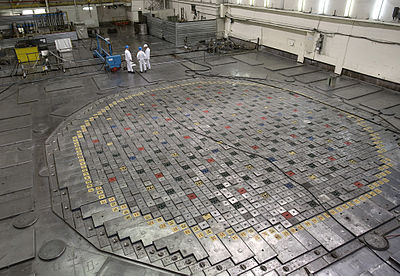
, ? () . (7 70 ) 284 . , . ( ) , -. – , 14.5% . , . , .
, . , ( — (), ) . , , , -. - . 284 7 , . , . ( 30 0.004 0.04 ) . , - . , , "" . , , -. , , . .

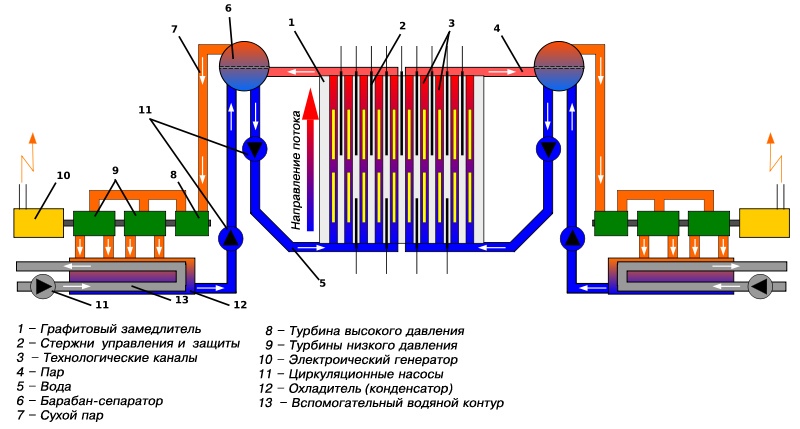
-1000 – 3200 , 1000 – , -. , , - , , (), , . 179, 211. (24 ), (12), (12), (131) 32 - (), ( 1975 ). , , . . , .
- ? 4.5 , 1.25 . , «» - . – , .
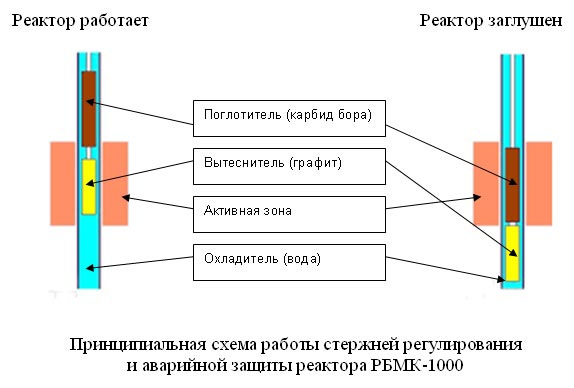
, . -, - «» , . -, , . – , . , , .
, , , . -, ( , 2%, 4-5%). , . , . -, , , , . -, , , , .

, -1000 ( 1000 ) 1967 4 , 70 -. 1974 , – . , , .
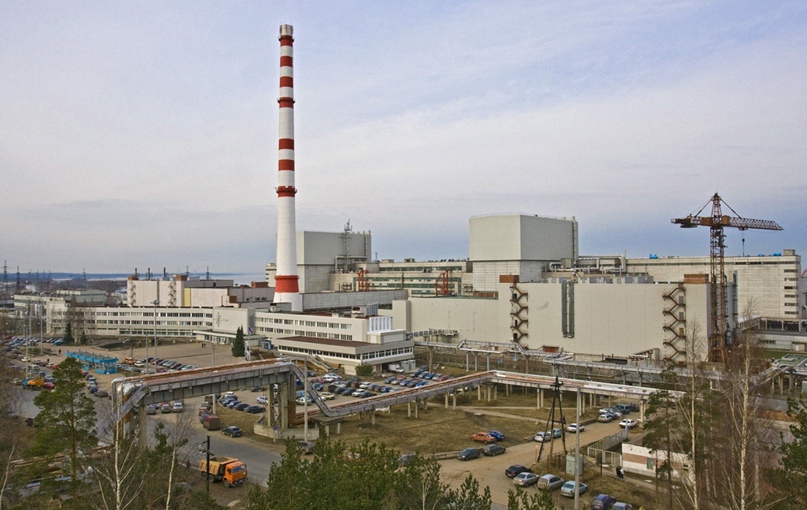
«» – 1974 , , – , , . . , 30 1975 . , , , 1.5 , , , .
( 32 ), , (, (), () ()), 2.4%, .
, , . , , . . , . :
, , , , . . , , . , . , , , . — . , . . - , - . , , , .
, -1000 . 1 2 ( – 1972 1973 , – 1977 1979 ) ( – 1970 1973, – 1978 1979 ). .
1 1+? -, -. -, , , . -, , , -, . , -, , , . .
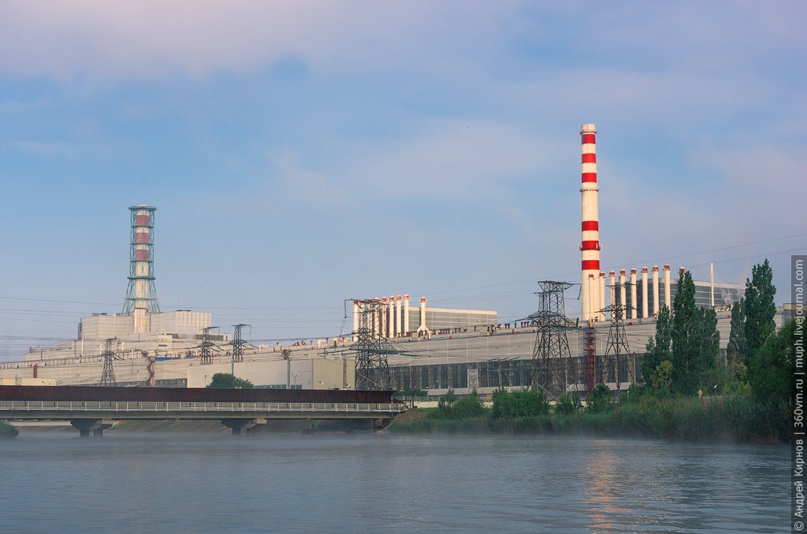
3 4 ( – 1978 1981 , – 1984 1986 ), 3 4 ( – 1972 1971 , – 1982 1984 ), 1 2 ( – 1975 1976 , – 1983 1985 ). , 3 4 ( – 1973 1975 , – 1980 1981 ), , , .
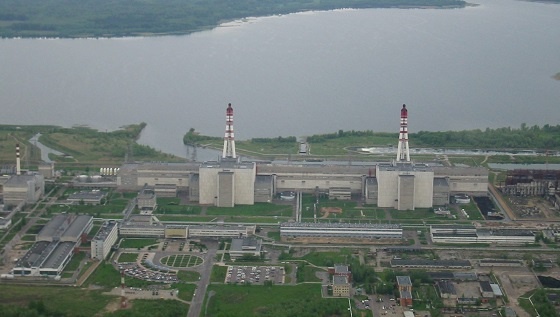
. – -1500. , 1500 . . 1300 , . 1986 ( – 1975, – 1984 ). 1986 , - ( – 1978, – 1987 ). -1000 ( – 1984, – 1990 ). (-5 ( 2012 85%), -5 6 ( 1986 ), -4 ( 1993 ), -3 ( 1988 )) .
(-2000 -3600), ( -2400 -4800). , , , , , . , .
Summarizing. A high-power channel reactor with an electrical power of 1000 MW (or RBMK-1000) is a cyclopean structure that has spread en masse throughout the nuclear power plants of the Soviet Union and for many years has been the flagship of the domestic nuclear industry. At the same time, most of the power units with this reactor are still in operation, albeit with the condition of constant modernization to improve safety. We will talk about the disadvantages of the machine (including critical ones) in one of the next parts of the cycle (and closer to the end). And in the next part - about the Chernobyl nuclear power plant, Pripyat and the Chernobyl region.
Author: Alexander Starostin
Original